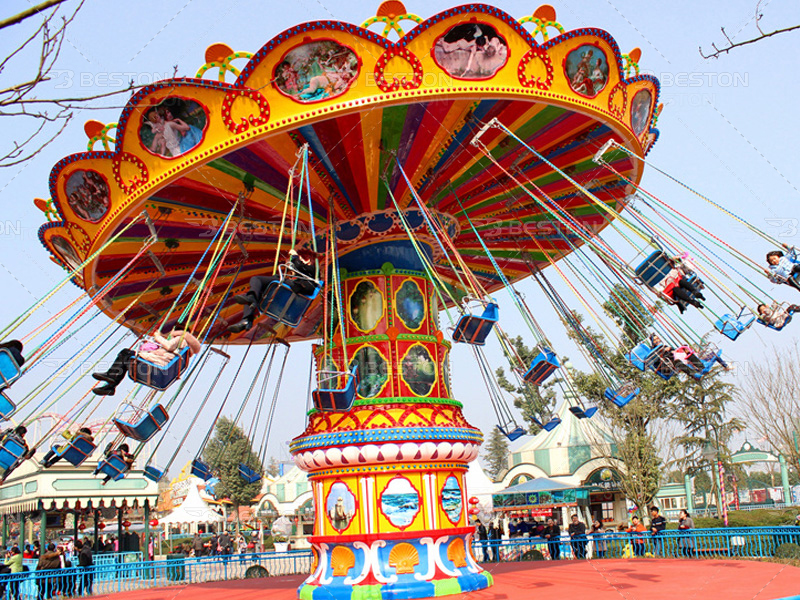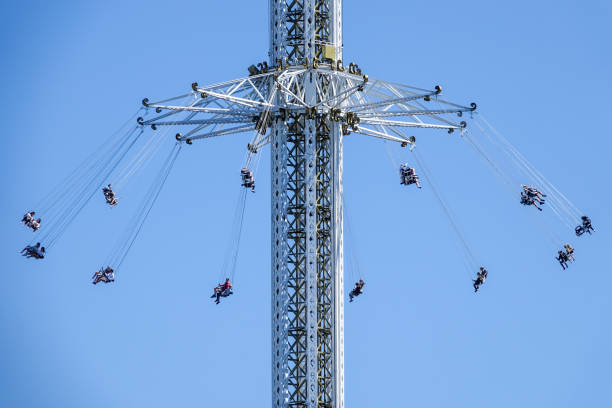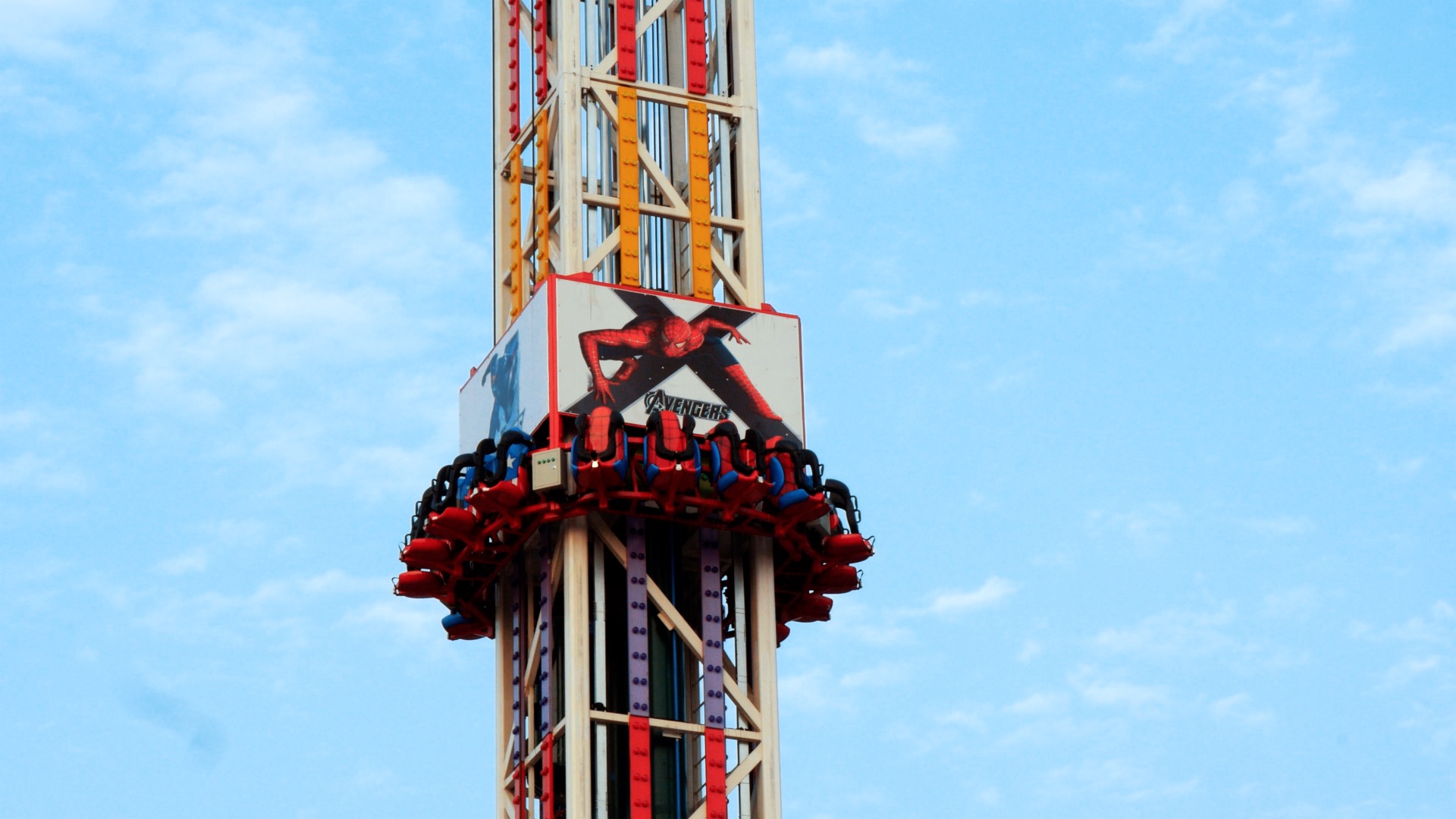Investing in amusement park rides requires a strategic approach to ensure that funds are allocated wisely, offering the best returns in terms of visitor attraction, safety, and long-term profitability. The amusement park industry is dynamic, with a variety of rides and attractions that cater to different age groups, thrill levels, and market demands. Understanding the different types of rides, their appeal, and their operational costs is critical when considering which rides to invest in. Key attractions such as the swing amusement ride, tower swing, amusement park equipment, and the drop tower offer a range of investment opportunities that, when selected strategically, can maximize returns and enhance the overall guest experience.

Understanding the Market and Audience
Before considering the financial implications of investing in new rides, it is important to assess the target demographic and the type of experience you want to offer. Amusement parks can cater to a wide range of visitors, from families with young children to thrill-seekers looking for adrenaline-pumping rides. This distinction helps determine the types of attractions that will be most popular and ensure an optimal investment.
The popularity of certain rides can vary based on location, the time of year, and current market trends. For example, a swing amusement ride, which typically provides a smooth, moderate swing experience, might appeal more to families with younger children. On the other hand, a tower swing, which delivers a more intense experience, may attract older teens and adults looking for an adrenaline rush. Understanding these demographic preferences can guide investment decisions, ensuring the park maintains a diverse offering of attractions.

Evaluating the Cost vs. Return on Investment
When investing in amusement park rides, it is crucial to consider both the initial capital outlay and the potential returns. The price of amusement park equipment can vary significantly depending on the type of ride, size, and complexity. For instance, a drop tower typically requires a higher initial investment due to its larger scale and more sophisticated design. It involves a vertical drop, which appeals to visitors seeking a high-adrenaline experience. While the upfront cost may be substantial, a drop tower can generate significant revenue through high ticket sales, attracting guests who are willing to pay for thrilling experiences.
In contrast, the cost of a swing amusement ride is generally lower, but its appeal to families and younger guests means it can consistently draw crowds over time, offering steady returns. A swing ride has lower maintenance costs compared to more complex rides, making it a cost-effective choice for park owners seeking a reliable revenue stream without the high maintenance demands of more extreme attractions.
Long-Term Viability and Maintenance Costs
Once a ride is installed, long-term maintenance is a critical consideration for any amusement park. Regular inspections, maintenance, and replacement of parts are necessary to ensure that the ride continues to operate safely and efficiently. The operational lifespan of the ride is another important factor to consider when making an investment decision.
Rides like the tower swing and drop tower, while highly popular, have more moving parts and more complex mechanical systems, which can lead to higher maintenance costs over time. These rides often need more frequent attention to ensure smooth operation and safety. However, they also generate higher ticket sales, making the investment worthwhile in the long run, especially in parks where the thrill-seeker market is robust.
In contrast, the swing amusement ride tends to have a longer operational lifespan and requires less frequent maintenance. This makes it a more stable investment option for parks looking to keep costs down while providing an appealing, family-friendly attraction. Proper maintenance ensures that these rides can last for decades, providing long-term value for the park owners.

Diversification of Ride Types
One key strategy for maximizing the potential of an amusement park is diversification. A park that offers a variety of attractions, from mild to extreme, can cater to different tastes and preferences. Incorporating a mix of rides like the swing amusement ride, tower swing, drop tower, and other thrill rides will ensure that the park attracts visitors of all ages and keeps them entertained throughout the day.
A drop tower provides a thrilling experience with its dramatic, sudden free-fall, making it a top choice for adrenaline junkies. However, for those looking for a more relaxed experience, the swing amusement ride offers a gentler, more family-friendly option. The tower swing, with its combination of height and swinging motion, appeals to visitors who seek an exciting, yet not overly intense, ride. By offering a mix of these attractions, the park can appeal to a wide variety of guests, enhancing its overall guest experience and increasing return visits.
Seasonal Considerations
The profitability of certain rides can also depend on the season and climate. Rides like the swing amusement ride and tower swing can be operational year-round in many parks, particularly those in temperate climates. However, extreme rides like the drop tower may have limited appeal in colder climates or during the off-season, as they may be perceived as too intense for certain weather conditions. Parks in warmer regions or with year-round operation may find the drop tower to be a more valuable investment, as it can be a popular attraction throughout the year.
The adaptability of the park’s attractions to different seasons is an important consideration when planning an investment strategy. If a park is located in a region with seasonal weather variations, it may be prudent to invest in a range of rides that cater to both high-energy summer crowds and quieter, off-season periods.
Marketing and Promotional Strategies
In addition to the financial considerations, effective marketing and promotion play a significant role in maximizing the return on investment for amusement park rides. New attractions like a drop tower or tower swing can be marketed as flagship rides to draw attention and increase foot traffic. Seasonal promotions, discounts, and special events can also help boost attendance, especially during slower months.
Strategic partnerships with local businesses, hotels, and travel agencies can also increase visibility and bring in additional visitors. Highlighting the uniqueness of certain rides, such as the swing amusement ride, in marketing campaigns can help the park stand out in a competitive market. Additionally, investing in digital marketing efforts and social media promotions can increase awareness and attract younger audiences who are active online.
Conclusion
Investing in amusement park rides requires careful consideration of several factors, including the target audience, cost versus return on investment, maintenance, and ride diversity. Attractions like the swing amusement ride, tower swing, and drop tower each have their place in a balanced, strategically planned amusement park. By assessing the financial implications, maintenance requirements, and overall guest appeal of these rides, park owners can make informed investment decisions that ensure long-term profitability and a great experience for visitors.
Diversification and effective marketing strategies can further enhance the success of the park, ensuring that it remains competitive in an evolving industry. By focusing on both the thrills and the family-friendly aspects of amusement park attractions, owners can create a dynamic, profitable environment that keeps guests coming back for more.
